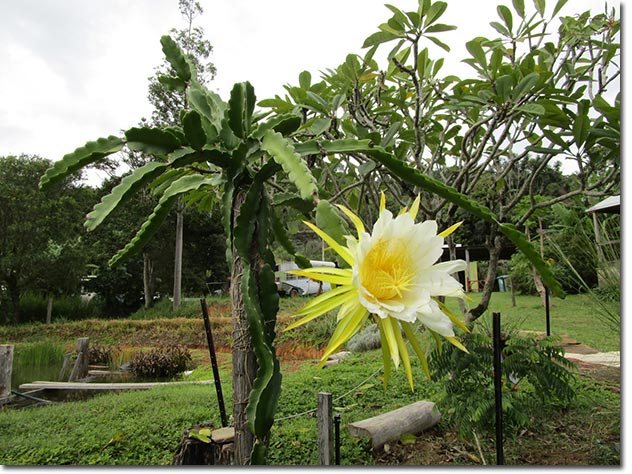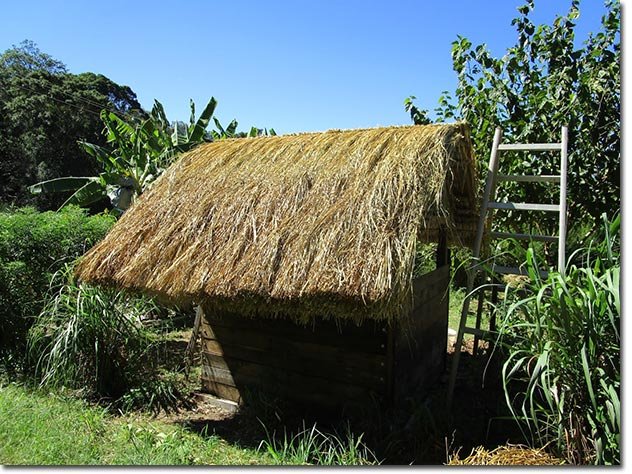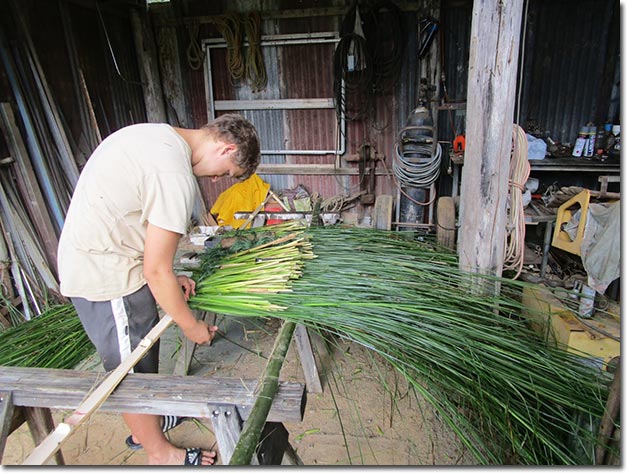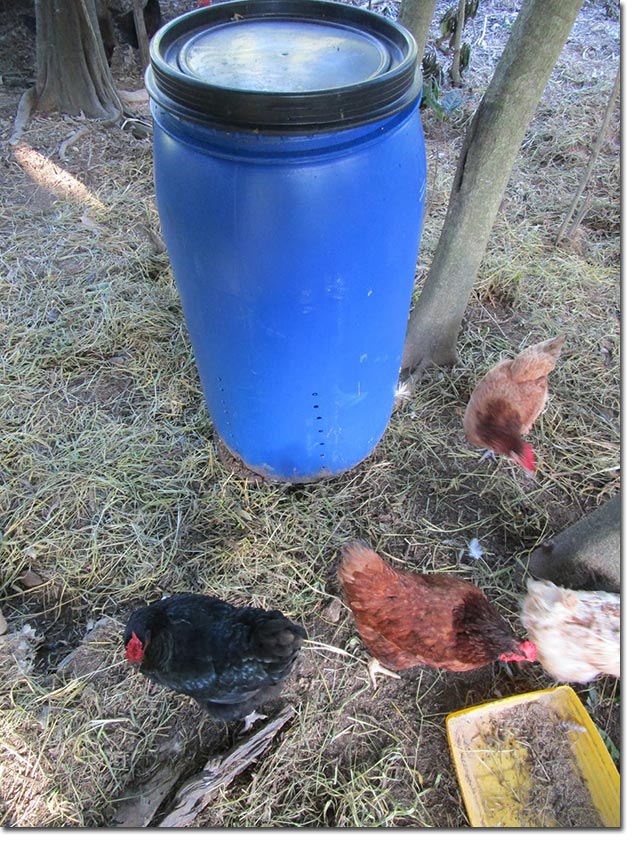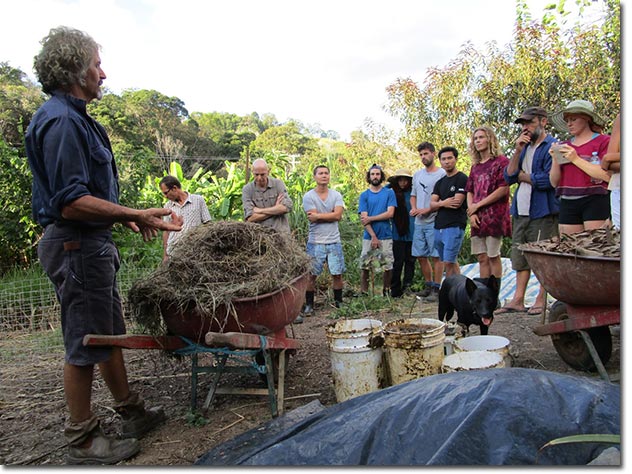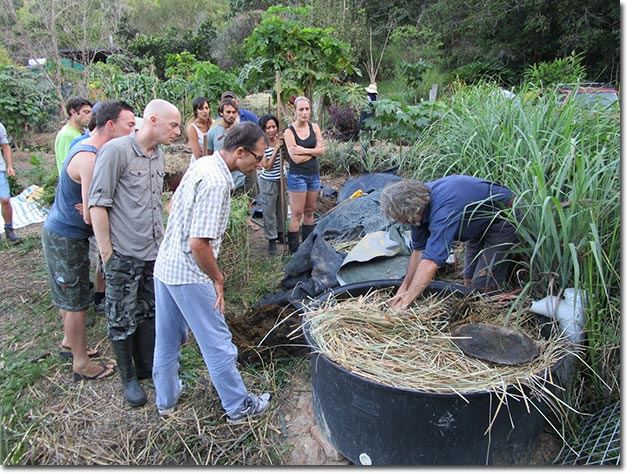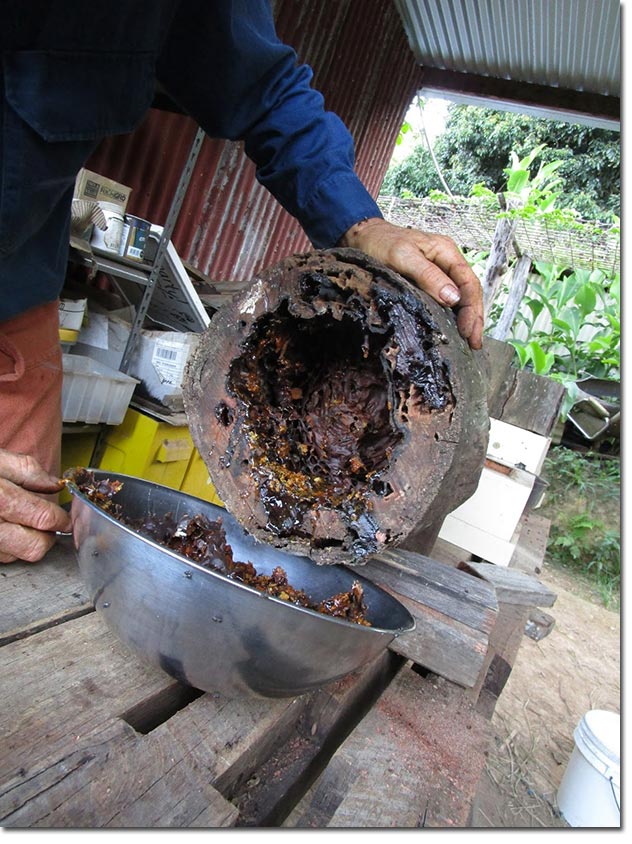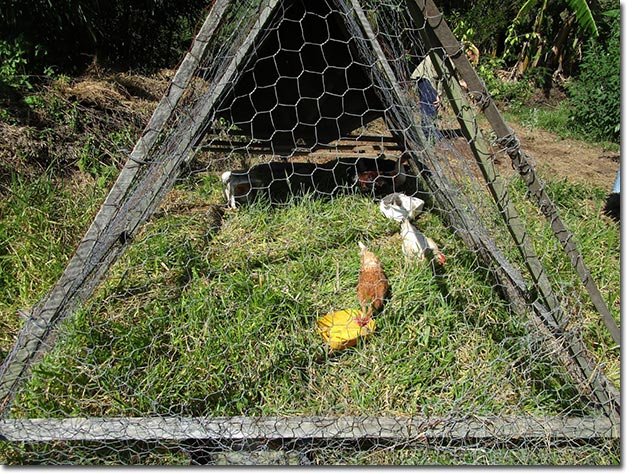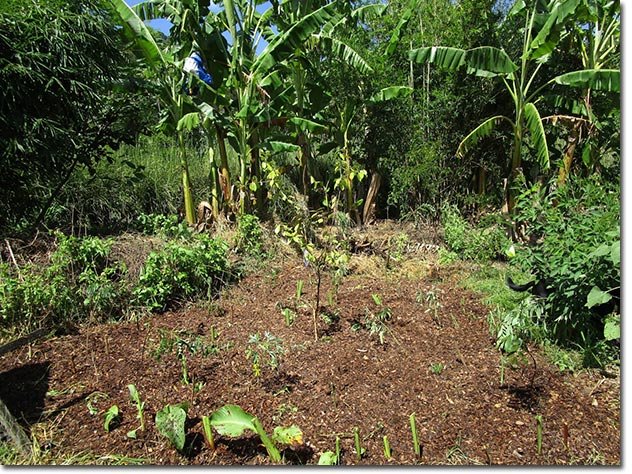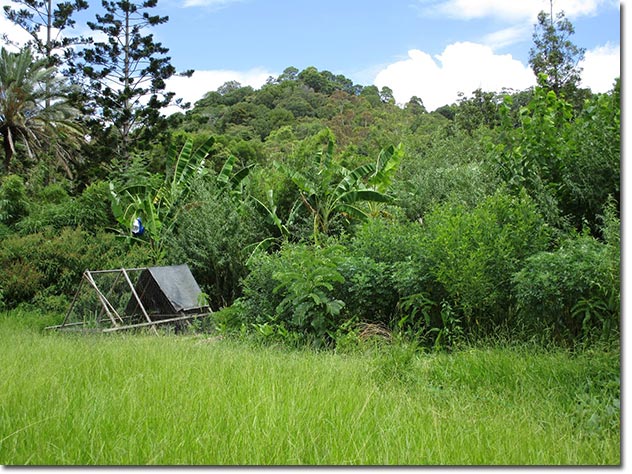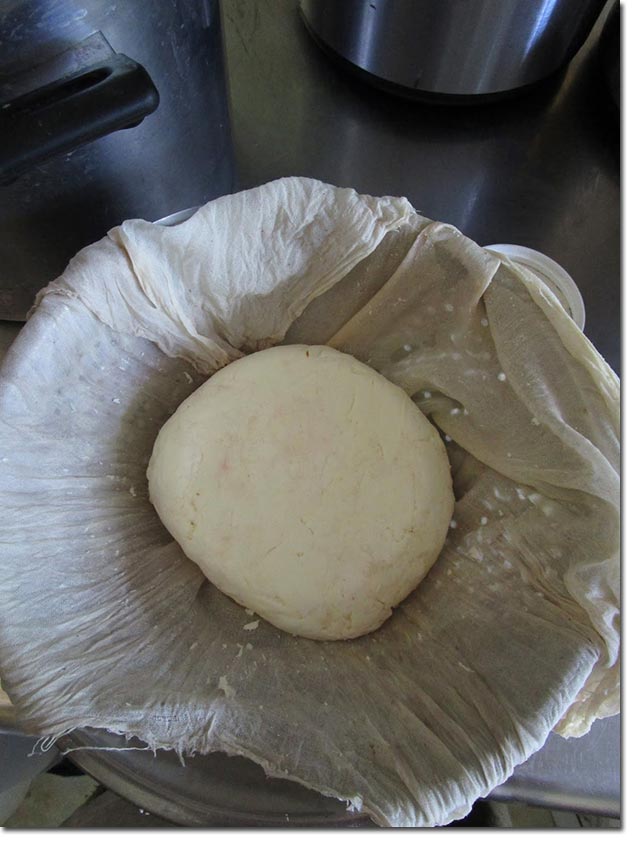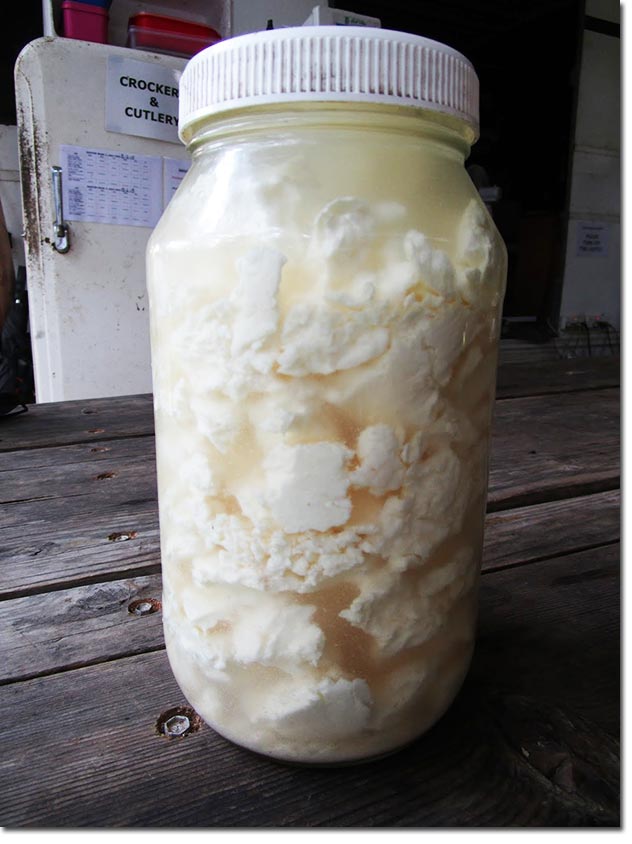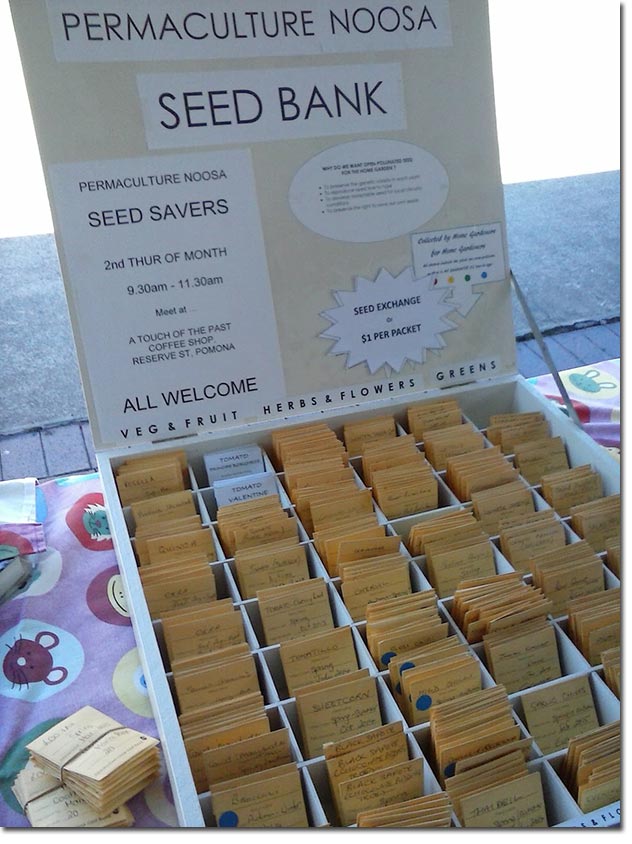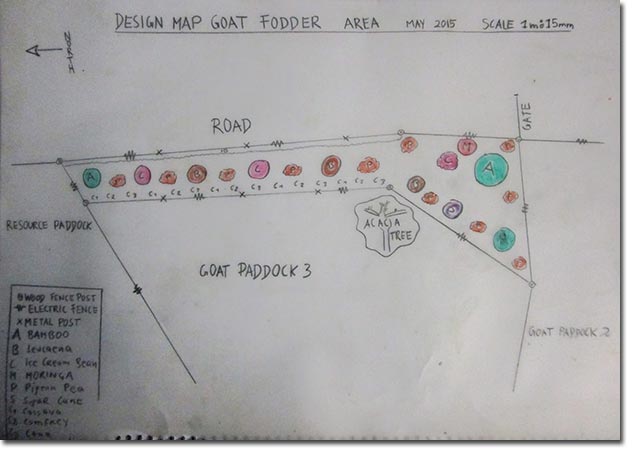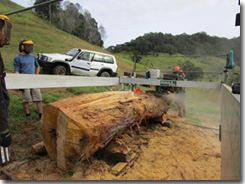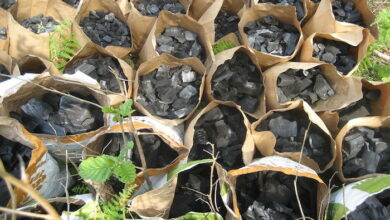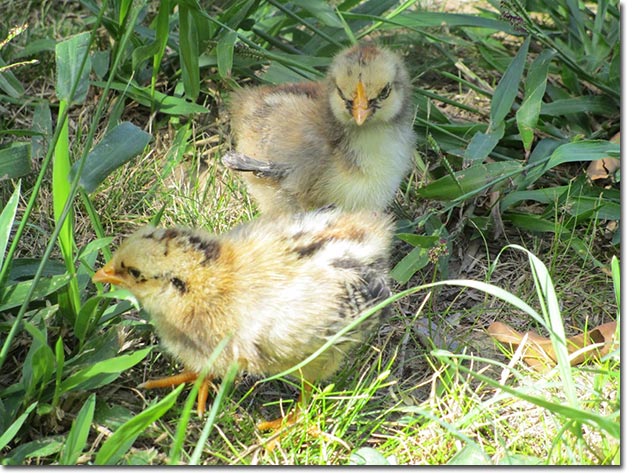
Latest 3 Months of Practical Work & Learning at PRI Sunshine Coast
The importance of the demonstration, research and education we are a part of at PRI Sunshine Coast becomes more and more obvious when we look at the current challenging situations all around the world, the daily worrying news of war, exploitation and destruction. The evidence to act cannot be overlooked any longer and I think if we are not part of the solution, we are possibly part of the problem.
I find this a highly empowering and encouraging statement which recognizes the power of the individual to bring about positive change. The motivation and inspiration for me personally to work hard to find alternative ways of living on this planet, to be part of the solution, is stimulated by quotes like this:
As David Holmgren said: “The quality of the revolution will be determined by the diversity of living and working models that we have the energy & vision to create.”
I think that’s what brought me to Australia, to work and learn at PRI Sunshine Coast and gain practical knowledge and understanding to be able to live a more self-reliant life and establish a working model for a regenerative future afterwards.
That’s why I am happy to share with you what we have achieved and learned here in the last 3 months at PRI Sunshine Coast.
Firstly I would like to share about the wonderful experience of getting new family members on the farm, 19 baby chicks were born with the help of our low-budget incubator on site.
A pleasure for the eyes was seen the morning that we went into the garden and the dragon fruit next to the pond was in flower. Its just such a pretty and special flower and each time again I like to enjoy its beauty. I feel grateful and blessed working in an environment with such natural beauty around on a daily basis.
One of the diverse projects we completed was the Humanure Storage Bank with a Vetiver grass thatch roof. We have compost toilets here and we store the Humanure for 12 months before we use it on tree systems; so we need a facility to store large amounts of Humanure safely for 12 months. This works best in a shaded place, protected from too much rain and wildlife or dogs.
The timber for the Humanure Storage Bank wood structure was completely recycled from used timber and for the roof we used split Bamboo that we harvested from a friend living close by and split ourselves to create the structure for holding the Vetiver grass thatch. The Vetiver grass was grown on site.We use Vetiver grass a lot as edge plant functioning as a weed barrier and soil stabilizer as it has very long root systems.
The thatching itself is a slow and almost meditative process which needs patience and concentration. It was an amazing learning experience and had been a dream of mine for a couple of years to actually make a thatch roof. It just looks beautiful, is totally compost-able after use and produced on site from natural materials.
One day Tom had an amazing and simple idea of putting holes into a barrel and filling it with kitchen waste to create a Black Soldier fly breeding barrel and low budget protein supply for our chickens.
For 12 days in April there was a Permaculture Design Course on site with 14 participants from a diverse range of background and multiple nationalities like Australia, New Zealand, Indonesia and Germany. On the first day Tom and the participants made an 18 Day Compost which I also had the pleasure to be involved with. The 18 Day Compost, also called the Berkley Method is a fast track hot composting method which creates compost very quickly but is labor intensive as you need to turn the pile after 4 days every 2 days.
During the PDC Course, Tom also showed the worm-farm grease-trap which filters the grey water that comes from our showers and dish washing sinks. The outlet feeds a swale so that the nutrient rich water can slowly infiltrate into the soil and feed the vegetation down slope. The worm-farm grease-trap has multifunctional benefits: breeding worms as well as producing worm castings mixed with rich, fertile soil that has been decomposed by the worms from the organic matter that we put into the grease trap once in a while.
Another exciting experience was the harvesting of wild bee honey and at the same time splitting the hive to create another colony for another hive. It was really amazing for me to see the architecture of the inside of the beehive and all the processes that are going on in there. We harvested the valuable wild honey and split the hive into two colonies to establish a second hive.
We also shifted our chicken tractor to a new place which the chickens are going to work on for 5 weeks until most of the grasses have been scratched through and the area will be ready for the planting of a multi-story food forest guild. Usually we plant a variety of plants after the chickens have prepared the ground. We place a fruit tree in the center and we arrange different types of support species, like Crotalaria and Pigeon pea, in a pattern around it . Also we plant a ground cover of pinto peanut and make use of plants like Ginger, Arrowroot, Galangal, Comfrey, Tulsi and Mugwort to create a multi-layered diverse part of the food forest. This is a really exciting process to watch as the chicken tractor is moving along the land and behind it a food forest starts to emerge.
I am also pretty excited about cream, cheese and yoghurt making. The last 4 months I have been involved in the weekly making of cream, butter, cheese and yoghurt from the milk of the cow named Choko that I milk twice daily. At the moment I have the chance to train Adrien, a long term volunteer on the cow routine and therefore just need to do the milking once a day and this gives my hands a welcome break!
I felt satisfied and inspired by being part of another closed-loop system where I rotate the cows through a cell grazing system with 25 cells spread out over the property. This prevents overgrazing and actually builds soil over time. I milk Choko twice a day and we use the milk for cream, butter, cheese and yoghurt and also for raw milk consumption in teas and coffees. The manure from the cows is used in a Biogas Digestor that provides us with gas to cook. The biogas sludge is composted and used in the vegetable gardens. Through creating connections and beneficial relationships we can utilizes our resources to their fullest potential. We can design and create systems that don’t produce waste and follow nature’s cyclic patterns which are represented in the Permaculture principle of Catch, Store and Recycle Energy & Nutrients. This for me is at the heart of good Permaculture Design.
Each month there is the Noosa Permaculture Group Seed Saving meeting in Pomona and we went along to help pack seeds and connect with local networks. It was a relaxed and friendly atmosphere were we all had the chance to sort and pack a diversity of seeds. This is a good opportunity to get in close contact with the precious seeds that are so crucial in our Permaculture systems.
We also have been working on the Goat Fodder Area. The aim was to clear a fenced off area around our goat paddocks and produce some forage material on spot.We made a quick design of a perennial cropping pattern and after implemented straight away.We cleared the grasses, sheet mulched the area to prevent weeds and planted several fodder species like Leucaena, Pigeon Pea, Moringa, Bamboo and Ice cream Bean. I hope it all grows fast so our 4 goats can enjoy the good, fresh fodder soon.
Another big project was getting logs from a neighbour’s property for fencing material and other wood for construction purposes. I had the chance to use the Koehler Lucas Mill a portable saw mill for the first time. Tom showed me how to use this amazing machine and I sawed up a few pieces of flooring material by myself in the end from a really big log.
Overall it feels like we have had a very active 3 months here and lots has been learned and achieved. The more I work practically on the land, the more I get connected with the idea of seeing Permaculture also as an art-form, the art of regenerative ecosystem and human habitat design & management.
For more articles like this one you can see my blog.
https://soil-sun-soul.blogspot.com.au/



